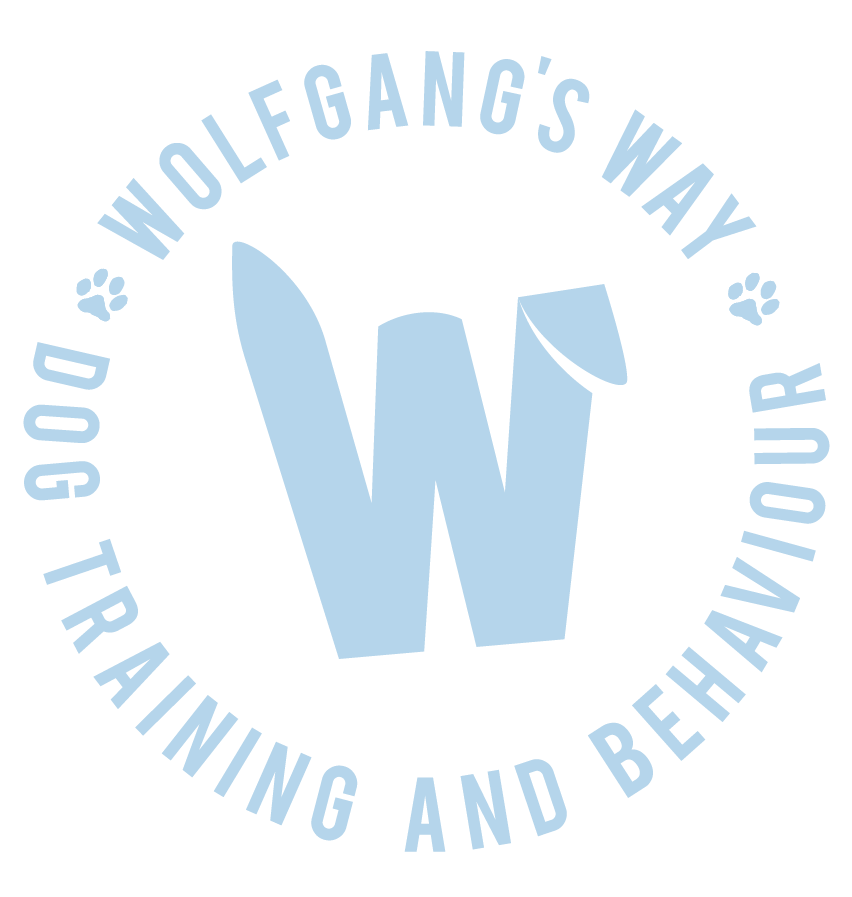The internet and world of social media is still full of advice to simply pop your dog in a crate to prevent him or her feeling anxious when home alone.
But fact is: a lot of dogs who struggle with separation related behaviours are prone to being easily overwhelmed by extra stressors. And for a lot of dogs, a crate does cause extra stress.
Firstly, ask yourself, does my dog actually like being in a crate. And REALLY have a good think about it. Plenty of dogs have learned to ‘shut down’ when in the crate AKA they’ve learned that there’s no way out, and this can often look like they are ok when in fact they are certainly not.
So if in doubt, don’t use the crate.
Also, it’s been my experience that most dogs, even if they have been positively conditioned to enjoy being in a crate, prefer to have more of a choice when it comes to where to settle during alone time training (or at any other times). Especially when it comes to longer duration absences.
So instead, you can leave the crate in place, with its door open, so your dog can choose to rest inside the crate or somewhere else within your home.
If you’ve been considering using a crate because you feel worried about your dog’s, or your home’s, safety during alone time training - you may have a puppy or teenager on your hand - then I would recommend creating a safe space via sectioning off an area or a room with a baby gate.
If you need help with your dog’s separation issues, get in touch.
Alex & Wolfgang









